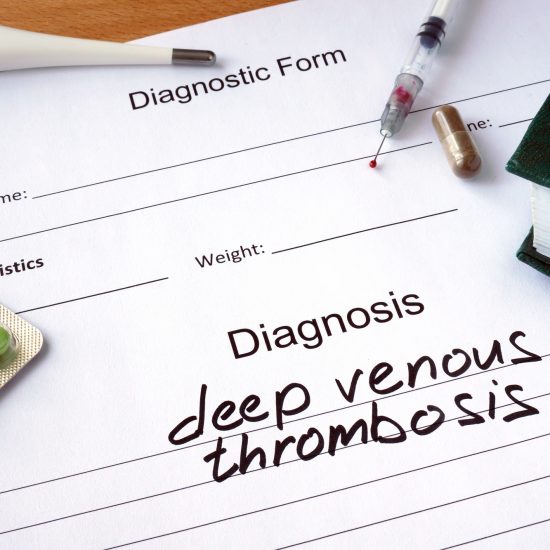Signs and Symptoms You Might Be Suffering from Psoriasis
 Psoriasis is a chronic skin-related issue that causes the cells in the skin to grow quickly into silvery, red, thick, or white skin patches. Normally, the skin cells would grow in a gradual manner and then flake off about 4 weeks or so. After this, new skin cells would grow in order to replace the skin’s outer layer and to compensate for the shedding.
Psoriasis is a chronic skin-related issue that causes the cells in the skin to grow quickly into silvery, red, thick, or white skin patches. Normally, the skin cells would grow in a gradual manner and then flake off about 4 weeks or so. After this, new skin cells would grow in order to replace the skin’s outer layer and to compensate for the shedding.
However, when it comes to psoriasis, the new cells in the skin would move in a rapid manner to the surface within days instead of weeks. This causes the skin to form thick and rough patches that could be large or small. They would most commonly appear on hands, lower back, feet, scalp, elbows, and back. While it is common in adults, teens and children can be affected by the disease as well.
Signs And Symptoms Of The Disease
The disease can either come about slowly or in a sudden manner. In many cases, it might even go away and then come back. The major symptoms of this condition are red, flaky, or irritated skin patches. Patches will be most commonly present on the knees, body’s middle portion, or elbows. However, they can appear elsewhere also, even on the scalp. As a result, the skin could become:
- Thick and raised
- Pink-red in color
- Itchy
- Covered with flaky and silver skin and dry
Other symptoms of the disease could include:
- Severe dandruff on the scalp
- Nail changes, which would include yellow-brown nails, thick nails, dents on the nail, as well as nail lifting off the skin from underneath
- Joint aching or pain
- Genital sores within males
Diagnosis
A dermatologist will normally diagnose psoriasis by the following methods:
- Learning about the happenings in the life of the patient’s including any recent illness or stress that the patient might have been facing.
- Examining the nails, scalp, or skin of the patient for any signs of the disease.
- Asking whether the patient has family members who might be suffering from psoriasis. In some of the cases, a dermatologist might also remove a certain amount of skin to confirm their diagnosis. Upon examining the skin that has been removed with the help of a microscope, they will be able to confirm whether an individual is suffering from the disease or not.
Also Read
Detecting Type 2 Diabetes Before You Have It


